View all Standards for Alberta, Canada
6 recognize different types of stages: proscenium, thrust, arena, flexible
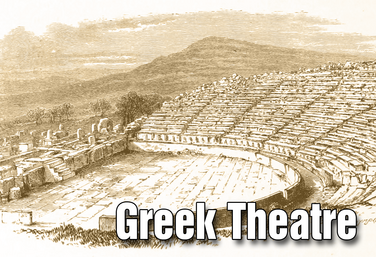
Part of the Drama One Curriculum
Ancient Greek Theatre
by Karen Loftus
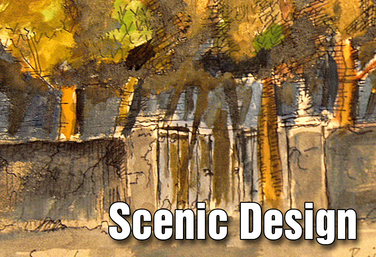
Part of the Drama One Curriculum
Scenic Design
by Karen Loftus

Part of the Drama One Curriculum
Drama One Final Project
by Karen Loftus
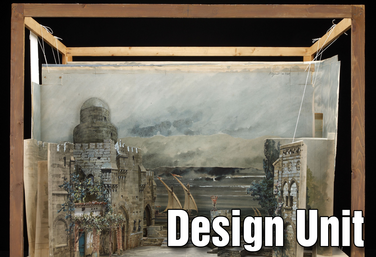
Part of the Drama Two Curriculum
Design
by Matt Webster
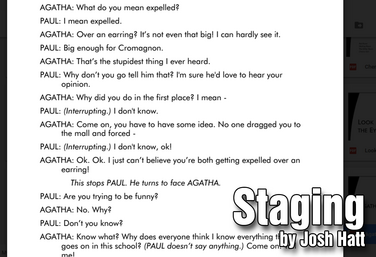
Part of the Technical Theatre Mini Units Curriculum
Staging
by Josh Hatt

Part of the Technical Theatre Mini Units Curriculum
Culminating Project
by Josh Hatt
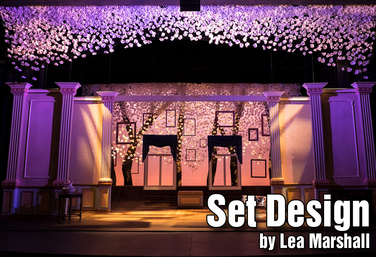
Introduction to Set Design *Hyperdoc
by Lea Marshall
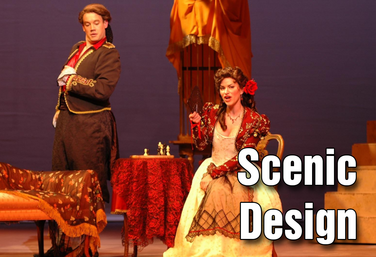
Part of the Stagecraft Without a Theatre Curriculum
Scenic Design
by Karen Loftus

Part of the Stagecraft Without a Theatre Curriculum
Scenic Construction
by Karen Loftus

Part of the Stagecraft Without a Theatre Curriculum
Culminating Project
by Karen Loftus
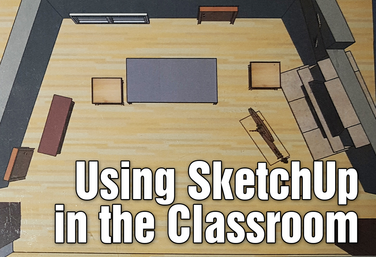
Using SketchUp in the Classroom
by Ray Palasz
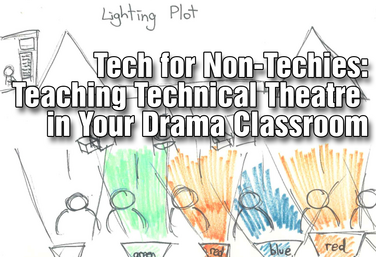
Tech for Non-Techies: Teaching Technical Theatre in Your Drama Classroom
by Josh Hatt
View all Standards for Alberta, Canada Standards Master List